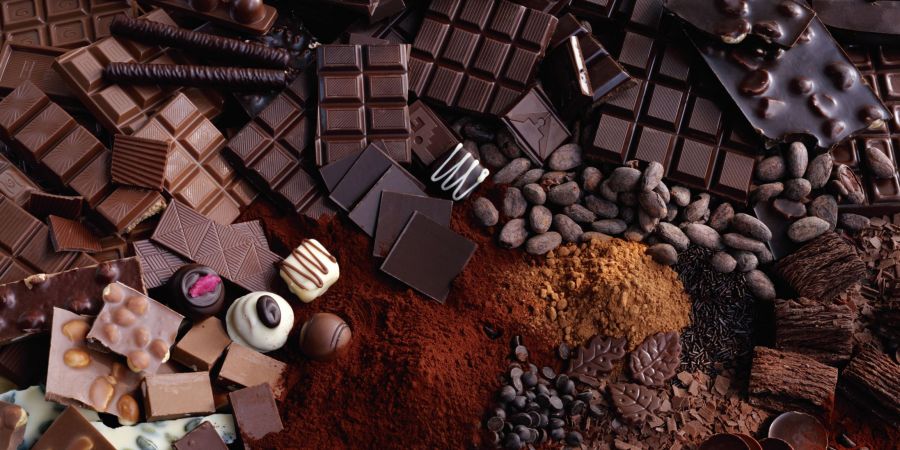

Chocolate has long been a gift, primarily as a gift of love and energy. In 1615, Princess Anne of Austria of Spain presented her husband, Louis XIII, with a chocolate base. Drinks became popular in the Ludwig court and soon spread to Italy and later to Austria. The hot cocoa ancestor we are grateful for today was a local Aztec drink. Maya Indians collected cocoabeans from cocoacrates and most often exchanged them for neighboring Aztecs. Cocoabeans may have been given in honor of the more warlike Aztecs. The Aztecs crushed the beans into an unpleasant coarse glue and mixed it with water and spices to flavor local drinks. The Aztecs later developed the cocoatree themselves and appointed their god Quetzalcoatl as the gatekeeper of the cocoatree. Emperor Montezuma of the Aztec Empire is said to have said the following about the locals: Montezuma is reported to have drank 50 local pitchers every day. Herman Cortez is known for introducing drinks to Europeans. Cortez started a cocoaplantation in Mexico in 1519 after seeing Native Americans using beans as a form of cash. A year later, Cortez introduced a coal drink to the court of Charles V, Spain. Instead of the flavors used by the Aztecs, the Spaniards began adding sugar, perhaps a raw sweetener syrup from the New World. The Spaniards struggled to pronounce the Indian word "local" and renamed their new drink "chocolate". Chocolate soon became well known throughout Spain, but the Spaniards figured out how to keep it secret for 100 years from other parts of Europe. During the last hundred years, many attempts to mature cocoa beans to some extent before roasting have brought more abundance to the drink variety than ever before. In 1615, the Austrian princess Anne of Spain made chocolate with her new husband, Louis XIII. Drinks became popular in the court of Louis, and the word soon spread to Italy and later to Austria. The French opened the first chocolates bistro in London in 1657. English changed the name of the drink to "chocolate". Attractive new drinks quickly spread throughout Europe. It is unknown who first heated the chocolatedrink to make "hot cocoa". By 1657, Chocolatey David Shallow had opened the first chocolates house in Paris, offering hot cocoa. The warm, frothy drinks we know today have their actual origins from the Dutchman Hendrick Van Root. In April 1828, Van Houses developed its own cycle of crushing cocoa beans using a press to remove normal fat (also known as cocoa spreads).


